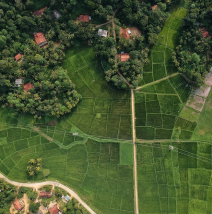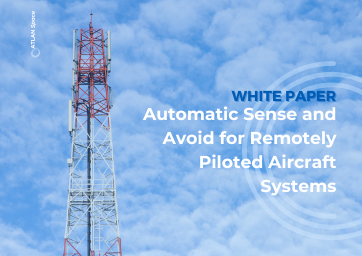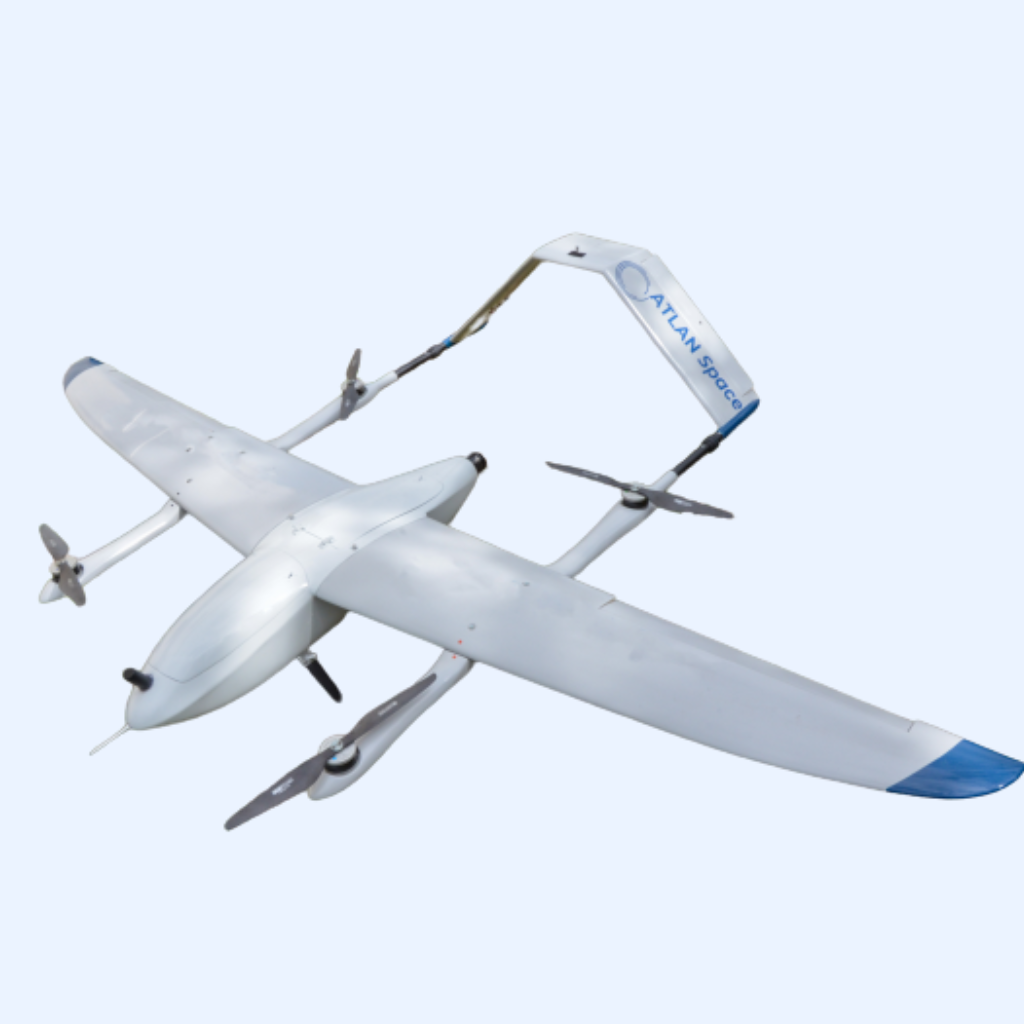Infrastructure & disaster assessement
Introduction to Infrastructure Inspection Drones
Infrastructures aren’t a recurring topic of discussion, but that is of course, until it’s not working anymore. Examples include highways, bridges, oil pipelines, water supply towers and waste facilities. The need for reliable and efficient infrastructures is growing more and more urgent, as it represents a power lever for long-term economic growth.
Enhancing construction efficiency is crucial during all stages of a project, including planning, design, building, and maintenance. Given the latest quick expansion of innovative technologies, the use of AI-powered long-endurance UAVs presents itself as one of the most promising tools that can revolutionize the way we approach these tasks.
How Drones Aid in Disaster Response and Relief Operations
In disaster zones, infrastructure inspection drones play a vital role in providing situational awareness and aiding in search and rescue operations. Drones can quickly and safely survey large areas of land, identifying potential hazards and areas in need of immediate attention.
During the aftermath of a natural disaster such as a hurricane or earthquake, infrastructure inspection drones can be used to assess damage to buildings, bridges, and other critical infrastructure. This information can be used to prioritize response efforts, ensuring that resources are allocated to the areas that need them most.
Drones can also be used to monitor the progress of relief operations, providing real-time updates and allowing responders to make informed decisions. This can help to improve the efficiency of relief efforts and ensure that resources are being used effectively.
Types of Infrastructure Inspection Drones
There are several different types of infrastructure inspection drones available, each with its own set of features and capabilities. Some of the most common types of drones used for infrastructure inspection include:
- Multirotor drones: These drones are equipped with multiple rotors and are ideal for short flights and close-range inspections.
- Fixed-wing drones: Fixed-wing drones are designed for longer flights and are ideal for covering large areas quickly.
- Hybrid drones: Hybrid drones combine the features of both multirotor and fixed-wing drones, offering a versatile solution for infrastructure inspection, which is the case for ATLAN Geo drones.
During the aftermath of a natural disaster such as a hurricane or earthquake, infrastructure inspection drones can be used to assess damage to buildings, bridges, and other critical infrastructure. This information can be used to prioritize response efforts, ensuring that resources are allocated to the areas that need them most.
Drones can also be used to monitor the progress of relief operations, providing real-time updates and allowing responders to make informed decisions. This can help to improve the efficiency of relief efforts and ensure that resources are being used effectively.
Top Features to Consider When Choosing an Infrastructure Inspection Drone
When choosing an infrastructure inspection drone, there are several key features to consider. Some of the most important features to look for include:
- Sensor capabilities: Look for drones that are equipped with sensors that can detect gas leaks, temperature changes, and other potential hazards.
- Camera resolution: High-resolution cameras are essential for capturing detailed images and data.
- Flight time: Longer flight times allow drones to cover more ground and capture more data.
- Range: Look for drones with a long-range capability to ensure that they can cover large areas of land.
- Durability: Drones should be designed to withstand harsh weather conditions and potential collisions.
Use Cases for Infrastructure Inspection Drones in Disaster Zones
There are several different use cases for infrastructure inspection drones in disaster zones. Some of the most common applications include:
- Assessing damage to buildings and infrastructure,
- Identifying potential hazards such as gas leaks and downed power lines,
- Providing real-time updates to emergency responders,
- Aiding in search and rescue operations,
- Monitoring relief efforts.
By providing a bird’s eye view of disaster zones, infrastructure inspection drones can help to improve safety and efficiency in a range of emergency management scenarios.
Related Solutions
Other Industries Our softwares can help
Similar Articles
Atlan update brings first-ever safe RTH and more
Lorem ipsum dolor sit amet consectetur. Duis libero et lorem morbi eget commodo et elementum mi. Auctor interdum egestas phasellus.





Atlan update brings first-ever safe RTH and more
Lorem ipsum dolor sit amet consectetur. Duis libero et lorem morbi eget commodo et elementum mi. Auctor interdum egestas phasellus.










Atlan update brings first-ever safe RTH and more
Lorem ipsum dolor sit amet consectetur. Duis libero et lorem morbi eget commodo et elementum mi. Auctor interdum egestas phasellus.





Atlan update brings first-ever safe RTH and more
Lorem ipsum dolor sit amet consectetur. Duis libero et lorem morbi eget commodo et elementum mi. Auctor interdum egestas phasellus.
Automatic Sense and Avoid for Remotely Piloted Aircraft Systems (RPAS)


Please fill form to download whitepapers
Your operators will know how to deploy
ATLAN GEO in just a few days of online training
Get in touch with us
Contact ATLAN Space to :
Stay up to date
Subscribe to newsletter for latest news & updates.
ATLAN Space Solutions
About us
- Company
- Contact Us
- Become A Distributor
- Press Media/Kits
- Warranty
Industry solutions
- Land-Surveying & GIS
- Mining & Exploration
- Ocean Monitoring
- Agriculture
- Oil And Gaz
- Environment & Disaster Assessment
- Construction & Infrastructure
- Cargo Delivery
Knowledge Base
- Resource
- News & Events
- White Papers
- Blogs
- Webinars
- Privacy Policy
- Copyright © 2023 Atlan Space All rights reserved.


















